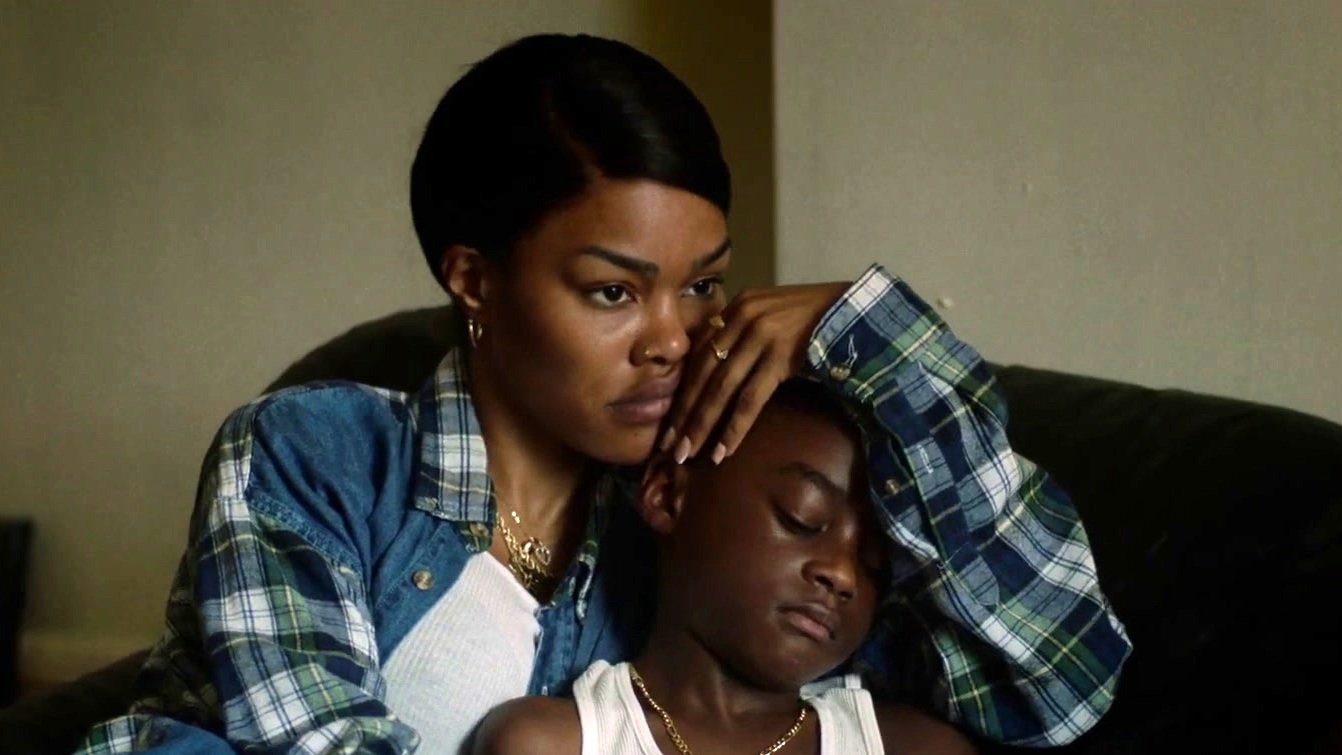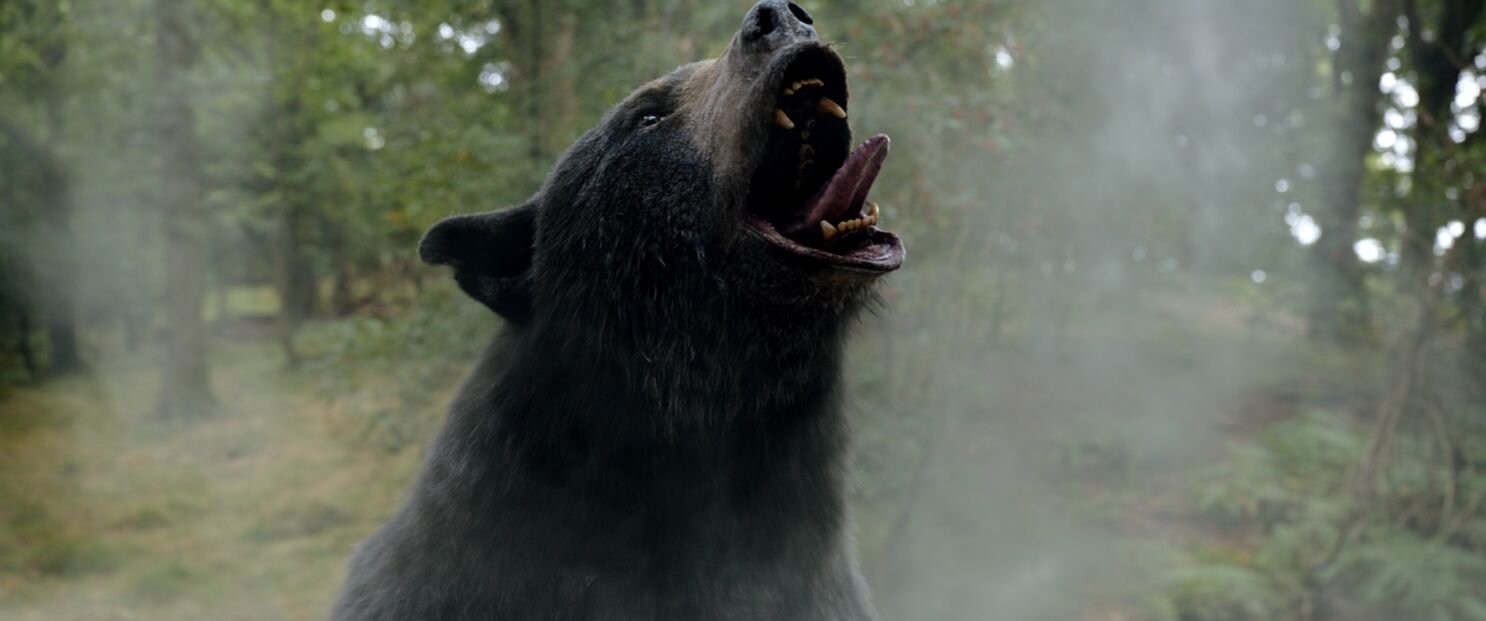POLITE SOCIETY
Directing: B
Acting: B+
Writing: B-
Cinematography: B+
Editing: B+
If you’re looking for an uber-specific niche interest in your moviegoing entertainment, look no further than Polite Society, which fuses Bollywood with martial arts as performed by Brits of South Asian descent. It’s west-meets-east-meets-further-east-meets-west again.
And I had a great time. I suppose I should also be clear: this movie is cheesy as hell, to a degree that I made a conscious decision to look past. Sometimes, it’s downright cartoonish.
This is clearly intentional on the part of writer-director Nida Manzoor, in a feature film debut she isn’t taking any more seriously than she wants us to. Don’t get me wrong—she also plainly wanted to do a good job. But, the job she had at hand was farcical, and for the most part it succeeds on that front. The performances are winning; the action and choreography are delightful. I just would have liked the plotting to be a bit more clever.
At least there is believable love and affection between sisters Ria (Priya Kansara) and Lena (Ritu Arya), who both not only have unusually creative dreams for themselves, but they also have parents who indulge them far more than any of their parents’ peers do their own children. Ria is the youngest, still in high school, making YouTube videos of the moves she learns in martial arts class as she dreams of becoming a stuntwoman. Lena, the eldest, has dropped out of high school because she’s convinced herself she isn’t talented enough.
With Lena’s life adrift and without direction, she gets easily lured into a quasi-arranged marriage with handsome Salim (Akshay Khanna), who has an uncomfortably intimate relationship with his cartoonishly villainous mother, Raheela (Nimra Bucha). Much of Polite Society is spent with Ria plotting to break up this engagement between Salim and her sister, in increasingly ridiculous ways—including a sequence in which not only Ria, but one of her two schoolmates infiltrates Salim’s gym dressed as a man. (In one memorable shot, we see a bunch of naked butts in a locker room.)
This is real “Looney Tunes” stuff, which is where Polite Society slightly stumbles, as it relies on cheesy physical gags as opposed to wit. What makes it worth giving into the utter silliness, however, is when Nida Manzoor kicks it up a notch with at least one choreographed wedding dance lip syncing to a Bollywood song (where Ria found the time to rehearse with several backup dancers is unclear), and multiple sequences with martial arts choreography usually reserved for straight up action movies, but here featuring women in beautifully colorful saris. Seeing all these martial arts moves combined with flowing scarves and swirling dresses is a memorably charming touch.
Ria’s consistent practice in her martial arts class provides a plausible explanation for her skill—as well as her struggles, particularly with a spin kick—or, more accurately, “Chekov’s spin kick,” which we see her fail at several times early on. Lena proves to be equally competent at fighting, though, and we see less of anything to explain that. And of course, through most of the film, Ria is outmatched by Raheela, but Raheela is such a cartoon villain that having her be great at everything—until she ultimately gets bested—is practically mandatory.
I guess you could say: I wanted to feel the vibe with Polite Society more than I really did, at least on average. There’s some potential there that doesn’t quite get met. I’m always down with silliness, but I like it better when married with cleverness, which this film has a bit of, but it skirts the line between cleverness and cheesy tropes a bit too much of the time.
It wouldn’t be nearly as good as it still manages to be without the actors, though. It’s fun to watch Nimra Bucha chew up the scenery, and Priya Kansara and Ritu Arya have great chemistry as sisters. Best of all—and this remains an important point, something that makes Polite Society stand out in the best way—this is a movie about women, about sisterhood, directed, written, and shot by women. There are also men in key crew roles (most notably editor Robbie Morrison), but many of the key roles behind the scenes are filled by women, and nearly all the roles onscreen are women. The only real exceptions are Ria’s father, who is only in a few scenes; and Salim, who is given far less depth as a character than any of the many women surrounding him.
Which is to say, there’s a lot to delight in what Polite Society has to offer. It’s also largely mindless, yet well executed fun. Which people of all genders have the right to do! Not everything has to be a masterpiece; in fact, most things don’t. And this one is certainly unique, which is the greatest thing it has going for it.
Sisters are kicking it for themselves.
Overall: B










